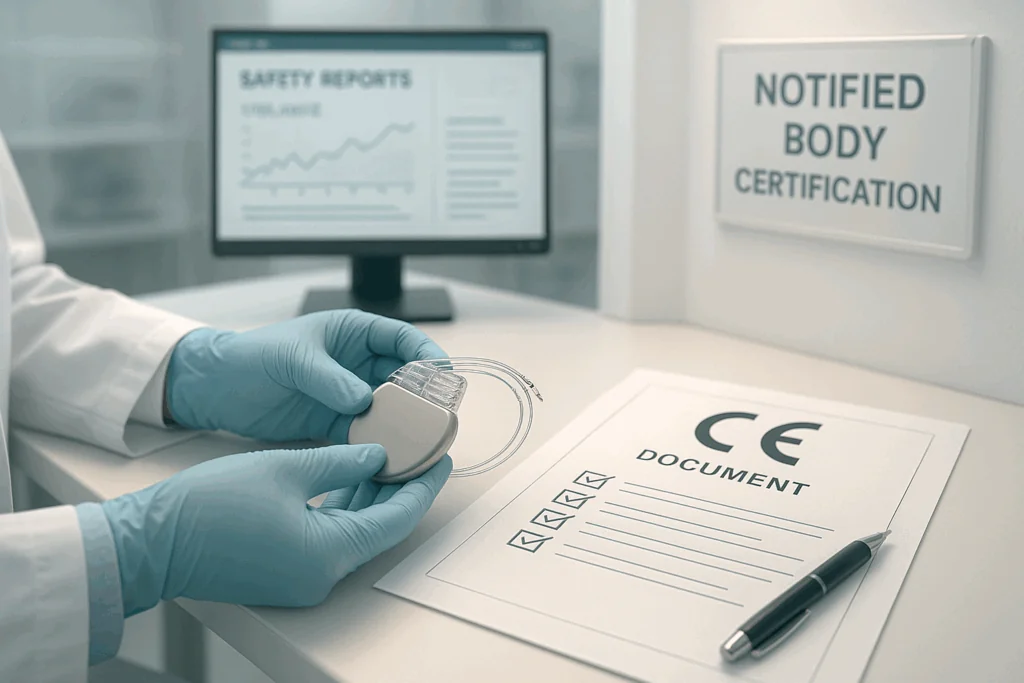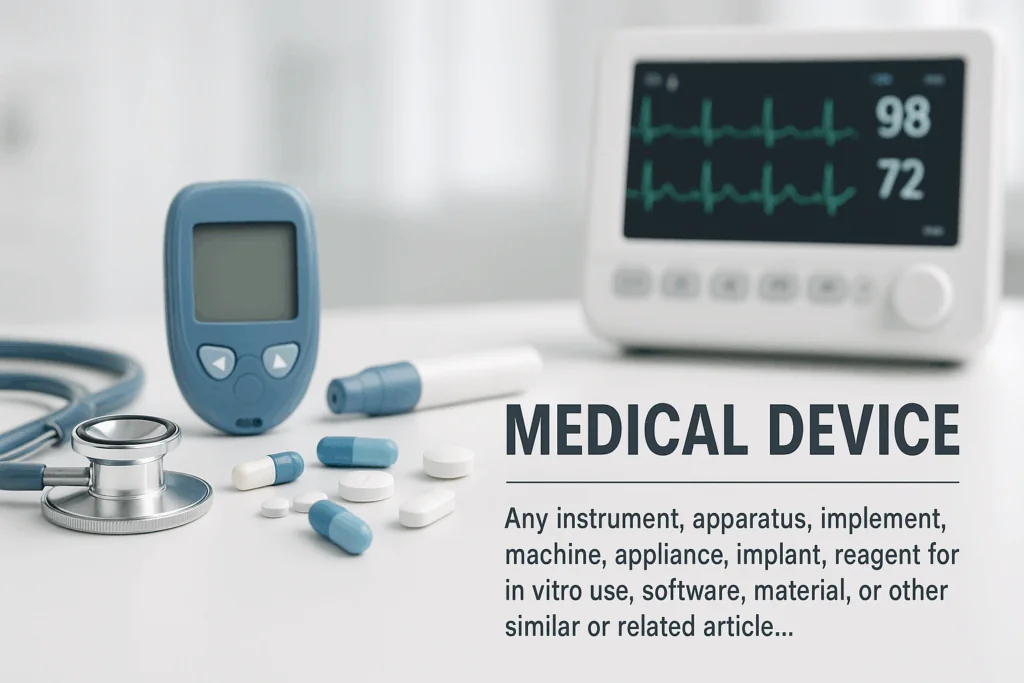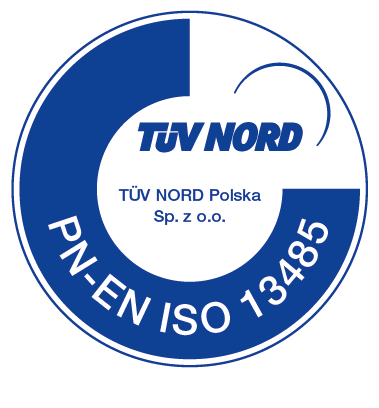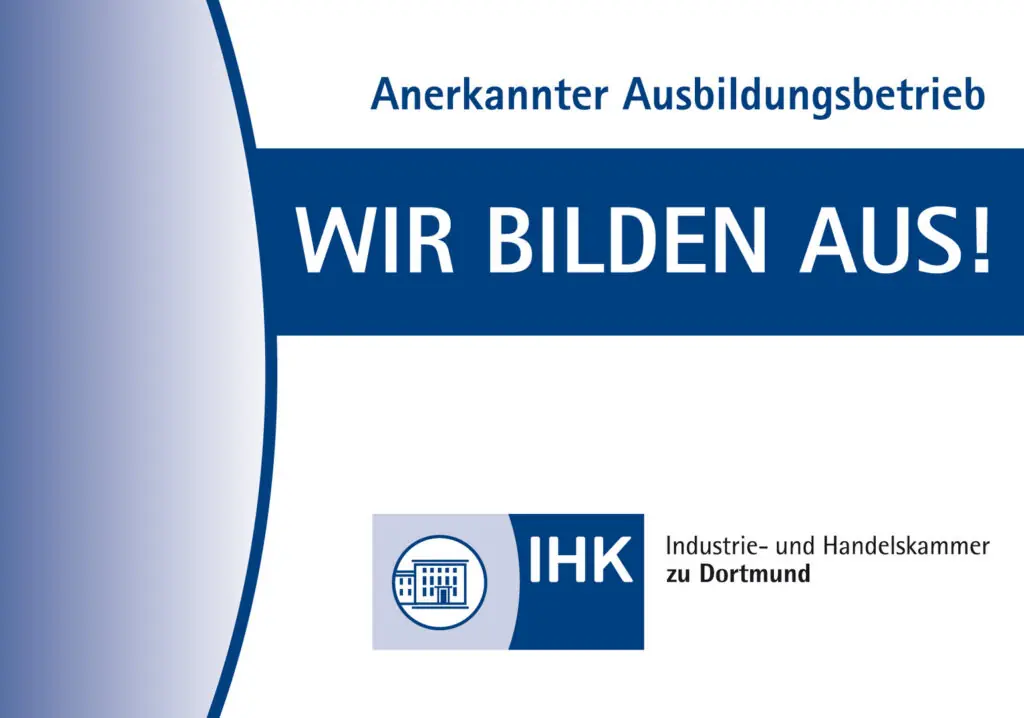Medical Devices Market Europe
Placing Medical Devices on the European Market
Medical Devices are an essential element of healthcare by helping to diagnose, treat, monitor or alleviate medical conditions. They include a wide range of products, from everyday products like bandages to complex technologies like heart implants.

Europe is the 2nd largest MedTech Market
with 26.4 % of the Global Medical Device Market
A region with strong potential
Predicted Market Volume of €103.31billion in Europe in 2025
Top segments globally
In-Vitro Diagnostics (IVD), Cardiology,
Diagnostic Imaging
In the European Union (EU), Medical Devices are regulated under the Medical Device Regulation (MDR), a comprehensive and harmonized framework designed to ensure safety, performance, and clinical benefit for patients. These regulations are often seen as more adaptable to the diversity and fast-paced innovation of the Medical Device Industry than the U.S. FDA approval system.

The complexity of the EU System and what it means
Medical Devices have to pass a conformity assessment to ensure that they comply with the applicable regulations. This includes testing the safety, performance and quality of the product according to the applicable standards. After successfully passing the assessment, the products receive the CE Mark, which confirms that they comply with the EU Directives.
Their safety is monitored through a Vigilance System. Manufacturers, distributors and healthcare professionals are required to report adverse events and incidents related to Medical Devices. This information is analyzed to identify potential risks and take appropriate action to ensure patient safety.
In contrast to the centralized U.S. system, the European model relies on Notified Bodies – independent organizations that are designated to assess the conformity of products. This decentralized model allows for faster access to the market and encourages continuous improvement. But despite getting started faster, safety remains the top priority. In fact, the EU has introduced even stricter rules with the new MDR, increasing transparency and Post-Market Surveillance.
The Regulatory EU Medical Device Definition
For the purposes of this Regulation, the following definitions apply:
“Medical Device” means any instrument, apparatus, appliance, software, implant, reagent, material or other article intended by the manufacturer to be placed in the human body, whether alone or in combination, to fulfill one or more of the following specific medical purposes:
- Diagnosis, Prevention, Monitoring, Prediction, Prognosis, Treatment or Palliation of Diseases;
Diagnosis, Monitoring, Treatment, Palliation of or Compensation for Injuries or Disabilities;
Study, Replacement or Modification of the Anatomy or of a Physiological or Pathological Process or State;
Obtaining Information by the in Vitro Examination of Samples derived from the Human Body, including from Organ, Blood and Tissue Donations
and which is intended to be administered to or used in the Human Body, but does not achieve its principal intended action in or on the Human Body by pharmacological, immunological or metabolic means, although its action may be assisted by such means.
Importantly, Medical Devices are not drugs. While drugs work chemically, metabolically and immunologically, Medical Devices work mechanically, physically or thermally on the body. For more information, see the page Distinction between Pharmeceuticals and Medical Devices.

Frequently Asked Questions
The purpose of a Medical Device is to diagnose, treat, monitor or alleviate Medical Conditions.
The EU system is decentralized and uses independent organizations called Notified Bodies to assess compliance. In contrast, the U.S. relies on a centralized FDA review process.
The CE Mark is a mandatory conformity mark that shows a Medical Device complies with EU safety, health and environmental protection standards.
A Notified Body reviews your technical documentation, audit your quality system and issue the necessary certificates for CE marking. WQS can act as your Notified Body.
Products range from simple items like bandages to complex technologies like heart implants – as long as they fulfill a medical purpose and meet the EU definition.
Not all. Class I Devices (low risk) can be self-certified by the manufacturer, while Class IIa, IIb, and III (higher risk) require involvement of a Notified Body for conformity assessment and CE Certification.
Need more information?
WQS provides you with detailed information on your subject.
You can also explore our FAQ page and other resources for further insight
– or simply contact us for direct support.
References
The European Medical Technology in Figures: Market (18.07.2024): https://www.medtecheurope.org/datahub/market/
Statista Market Insights (August 2024): https://de.statista.com/outlook/hmo/medizintechnik/in-vitro-diagnostik/weltweit
Statista Market Insights (August 2024): https://de.statista.com/outlook/hmo/medizintechnik/mittel-und-westeuropa
Statista Market Insights (August 2024): https://de.statista.com/outlook/hmo/medizintechnik/usa



